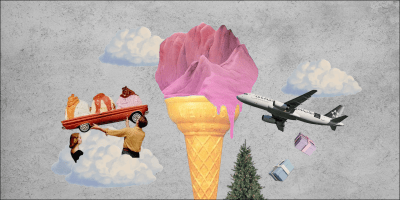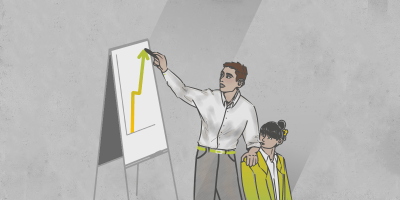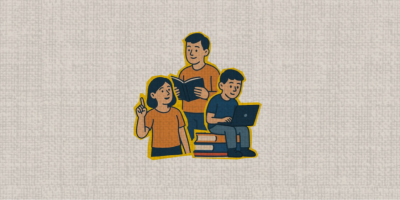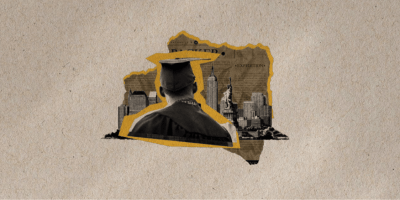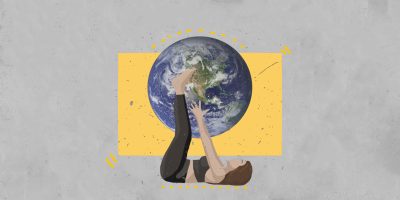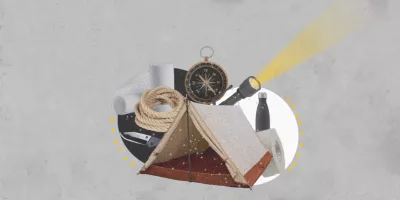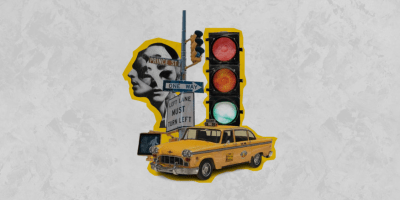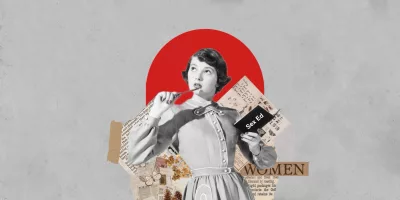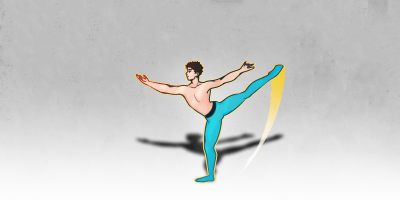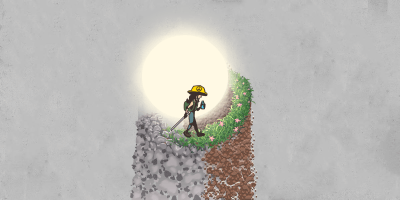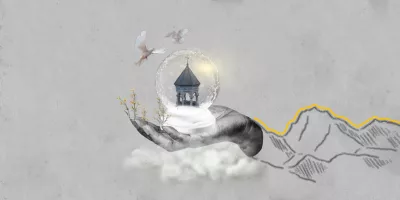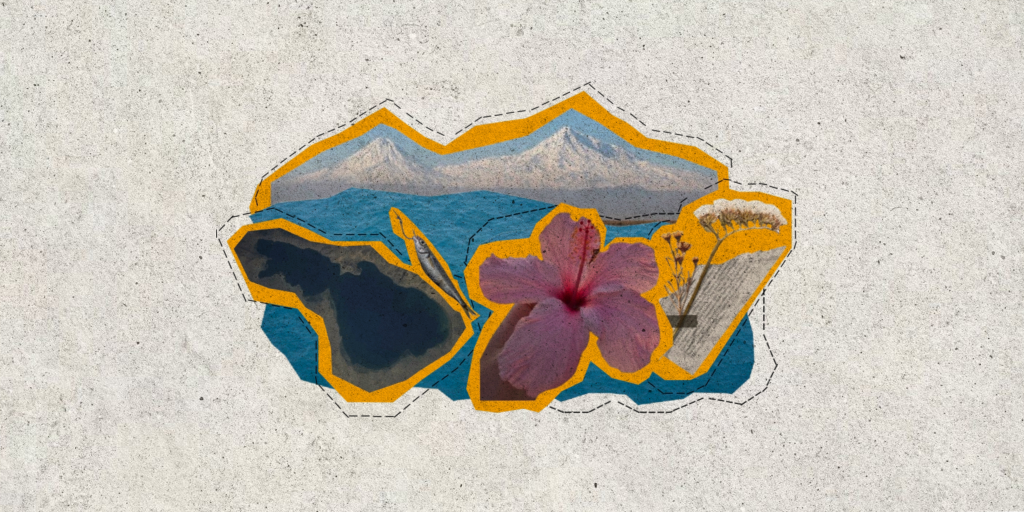
A sunny summer day is an excellent time to visit Lake Sevan and swim in its fresh, blue, warm, and clean waters away from the cities’ oppressive heat. But what you find there is entirely different from what’s expected. The water is green, has an odd odor, and the heat is not helping the situation. Unfortunately, this is what Lake Sevan looks like today.
The water quality of the lake has dramatically changed during the last century. Water withdrawal, unregulated sewage dumping, and careless human behavior gradually transformed Sevan from the “Pearl of Armenia” into a green durian. The impacts of these irrational acts caused various chemicals to end up in the lake that are dreadful and dangerous for people living around it and the ecosystems residing in it.
It all started in 1933 when Soviet authorities decided to increase the agricultural area by 100,000 hectares by reducing 50 meters of Sevan’s water level to open up the required territory. According to Dr. Garabet Kazanjian, a water expert and professor at AUA, temperature and chemical concentrations rise when the water level drops. This caused Sevan to be covered with dense algae blooms—green and smelly plants.
Many factors induce algae to bloom, but the most impactful ones are increasing temperatures, untreated sewage and fertilizers that end up in Sevan via rivers. Sewage and fertilizers contain nitrogen (N) and phosphorus (P), which algae consume and use to grow. “There are only three water treatment facilities in big cities; Gavar, Vardenis, and Martuni,” explains Dr. Kazanjian. “However, they only remove solid waste, whereas everything that is dissolved in water, like sewage, there is no treatment for this.” It means people’s sewage ends up in the water, contaminating it and making it dangerous for people to use.
Algae-covered water induces various dangerous consequences affecting nearly all aspects of life. “Summer is the most productive season for us as most of the people’s flow comes during that time. And this is the best time for livestock to graze,” mentions Garnik Shahunyan, a resident of Martuni. People send their livestock, particularly cows, to graze in the surrounding areas of Lake Sevan and then drink contaminated water because there is no other source. “Our neighbor lost many cows last year because of the water; that is why very few people now own cows,” adds Shahunyan.
During the season of algae blooms, water becomes unclean to the extent that nobody wants to dip their legs into the water. Therefore, tourists and Armenians refuse to visit Sevan, resulting in low revenues for restaurants, hotels, and other venues.
However, there is a solution to every problem. “Sevan is a very complicated matter and I don’t think there is a straightforward solution,” says Dr. Kazanjian. He explains the basic solutions that must be implemented. One of them is to build water treatment facilities to reduce at least the amount of sewage entering the water. These are expensive investments, but they will make a significant impact.
Another solution is to have a national-level discussion to understand the role of Sevan. Is it just a water reservoir for a future emergency, an essential element of the economy, or an environment with huge diversity that should be protected? Clarifications on the role will make solutions more explicit and direct.
Few people are aware of Sevan’s current condition, it being Armenia’s most significant freshwater source. Sevan is on the verge of destruction due to several anthropogenic and natural causes. There is still time to take a step back from an irreversible situation. The keys to solving the problem are taking simple steps and increasing awareness.

